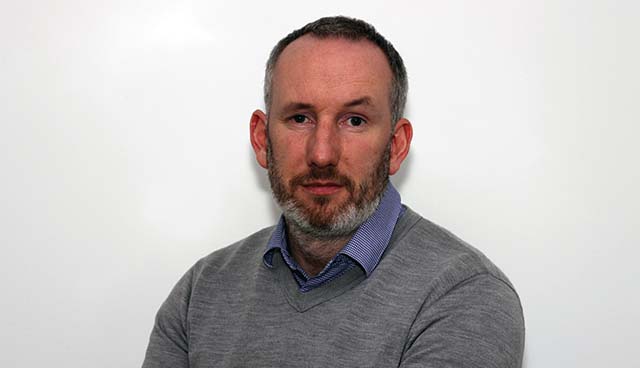Flaws in Ireland’s FOI framework

While technology has evolved since 1998, the challenges faced by Freedom of Information (FOI) requesters remain stubbornly in situ writes Ken Foxe, Co-Director of Right to Know.
When Ireland’s Freedom of Information (FOI) Act first came into effect more than 20 years ago, the screech of fax machines was still heard in every office. FOI requests were invariably sent via post and records would be sent to requesters in bulging envelopes filled with photocopied pages.
Nowadays, a request can be sent within seconds and the things we use to communicate have evolved in ways almost unimaginable to those who fought for Ireland’s FOI Act under the mantra of ‘letting in the light’.
What has not changed are the problems faced by requesters. Many records are still as likely to be withheld as they are released; some requests don’t even get a response; faulty decisions that were incorrect back in 1998 are still being made in 2021. We know too that FOI records are being deleted, even by ministers, as the recent ‘Zapponegate’ controversy has shown.
The Minister for Public Expenditure Michael McGrath TD has said the FOI system is “robust and functioning well” but what is less clear is who exactly he asked.
Certainly, journalists and those who campaign on transparency are not happy with how it functions; a survey of frequent requesters by Sinn Féin found that 76 per cent believed the current system was “performing poorly”.
Similarly, there are at least some in the civil service who find it burdensome, and still see FOI as an extra burden rather than a core part of everyday work.
There is currently a project underway to estimate the ‘cost of FOI’, which raises uncomfortable issues about what officialdom is really thinking. Minister McGrath has also announced a review of the FOI Act, one that has been given added impetus amid the fallout from ‘Zapponegate’.
Through my work as co-director of Right to Know, I make hundreds of requests for information annually, seeing first-hand the commonplace problems. On a near daily basis, we are contacted too by members of the public about difficulties they face in accessing information, sometimes even their own personal records. The symptoms of a broken system are legion, but the underlying disease is one of mindset.
For some public bodies, FOI is still treated as a nuisance, as something to be tolerated or carefully managed, rather than as a core component of effectively running a public body. The assumption that records are secret first needs to be turned on its head. The many exemptions in the Act need to be treated as they were intended, as yield signs rather than stop signs.
As Eithne FitzGerald, the minister behind the pioneering legislation, told the Seanad in 1997: “They permit information to be withheld, but do not oblige or require it.”
There are other more practical issues that merit debate:
- increased powers for the Information Commissioner to deal with or sanction public bodies that fail to meet their obligations;
- a discussion over the partial exemption of agencies like An Garda Síochána and the DPC and the total exclusion of others;
- empowerment of the Information Commissioner, or another officer, to be a public advocate for transparency and the rights of requesters;
- the possibility of allowing citizens to ask questions instead of always having to identify ‘records’;
- clarity around the intersection of GDPR and FOI, and the continued redaction of non-personal information;
- inconsistency in decision-making, and a lack of training/guidance for decisionmakers; and
- an emphasis on providing detailed reasons for why records are exempt, not simply an assertion that they are.
Most of all, the forthcoming review of FOI needs to take a collaborative, rather than a confrontational approach. Freedom of Information has brought immeasurable benefits to Ireland and has, at this stage, uncovered hundreds of stories and issues that would otherwise have remained hidden.
We should never lose sight of the fact that sunlight is the best disinfectant.
Ken Foxe is an investigative journalist who provides training on information access in Ireland and is Co-Director of Right to Know, an Irish transparency organisation that campaigns for greater information access.





